
Business
10:34, 09-Jan-2017
Could China’s Belt and Road solve world’s financial crisis?
Updated
10:32, 28-Jun-2018
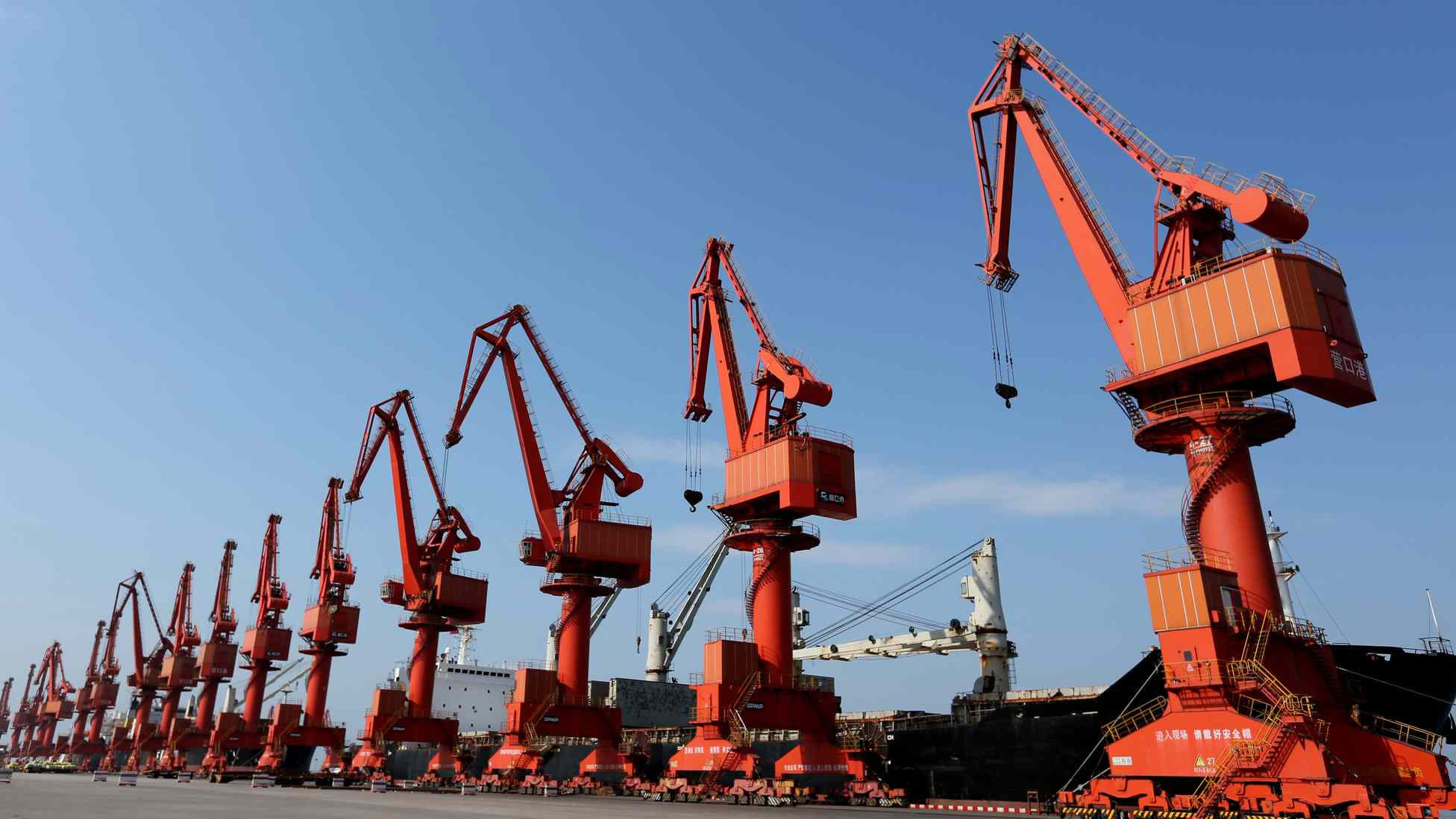
The battle to boost a weak global economy and adapt to major structural changes in the trade and investment landscape has taken many forms since the world financial crisis. Could China’s revival of ancient Eurasian trade routes be the answer?
New models of international cooperation and global governance are in the demand, and the Belt and Road Initiative seeks to inject fresh energy into global development. But how does the initiative work, and who benefits?
What is the Belt and Road Initiative?
The Belt and Road Initiative, comprising the New Silk Road Economic Belt and 21st Century Maritime Silk Road, is a development strategy and framework based on the ancient Silk Road concept and routes. It was proposed by Chinese President Xi Jinping in late 2013.
The New Silk Road Economic Belt runs westward from China, crossing central Asia and finally reaching Western Europe, while the 21st Century Maritime Silk Road loops south from China, linking Southeast Asian countries, Africa and Europe. Neither the belt nor the road follows any clear line geographically speaking, but both serve as roadmaps for how China wants to further integrate itself into the world economy and strengthen its influence in these regions.
China works with countries along the routes on infrastructure construction and advanced equipment manufacturing by taking advantage of the cooperation mechanism.
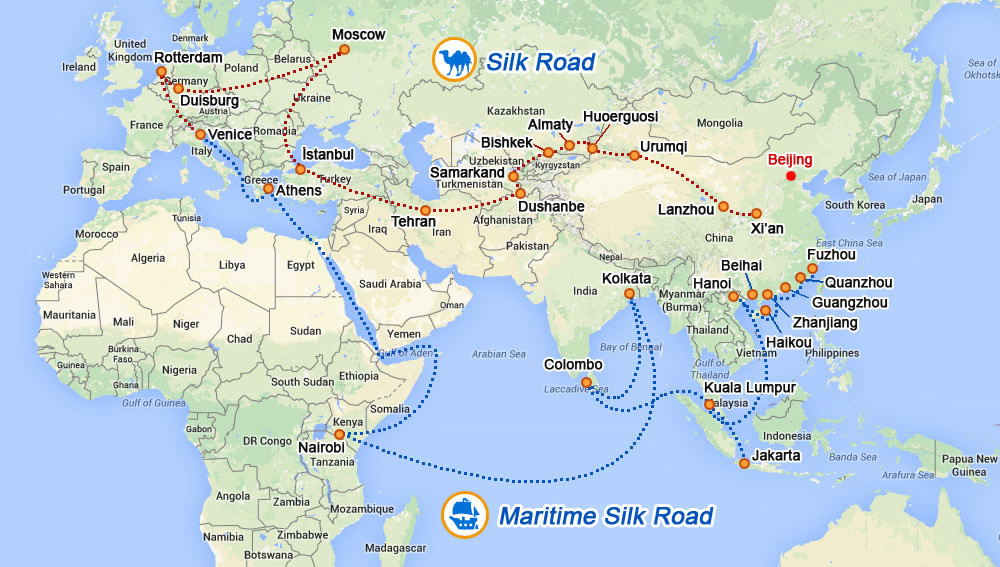
Map of the New Silk Road Economic Belt and 21st Century Maritime Silk Road. /Xinhua Photo
Map of the New Silk Road Economic Belt and 21st Century Maritime Silk Road. /Xinhua Photo
Who will benefit? And how?
Connecting the Asia-Pacific economic circle in the east and the European economic circle in the west, the Belt and Road is the longest economic corridor with the greatest potential in the world, with more than 100 countries and international organizations participating in the initiative.
As of July 2016, Chinese enterprises had established 52 economic cooperation zones in more than 20 countries while paying one billion US dollars in taxes and creating nearly 160,000 jobs. Business opportunities lie in sectors such as infrastructure construction, finance, trade and logistics, distribution and retail. During the first 11 months of 2016, China’s trade volume with countries along the Belt and Road reached 848.9 billion US dollars, accounting for 25.7 percent of China’s total foreign trade volume over the same period.
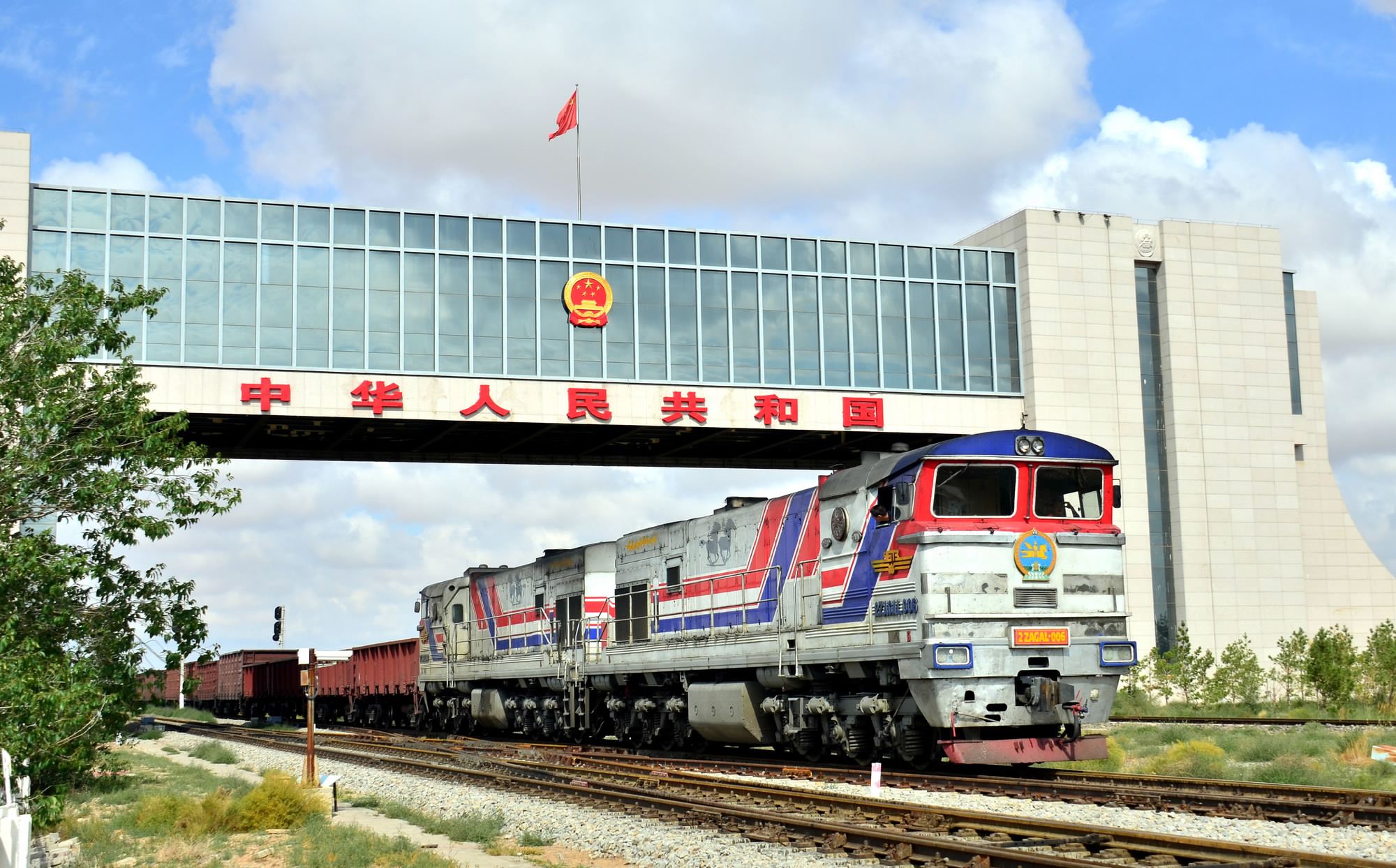
Freight train from Mongolia to China passes through the border in Erenhot city. /CFP Photo
Freight train from Mongolia to China passes through the border in Erenhot city. /CFP Photo
Developing countries, with comparatively poor infrastructure construction and economic capability, play a key role in the initiative. Populations with per capita GDP of between 1,046 and 4,125 US dollars, considered a moderate and low income group, constituted 55.2 percent of the total population within the relevant regions. This is also the group that benefits most from the strategy.
With multiple railways, highways and ports built and scheduled along the routes, regional industrial cooperation will be stepped up and individuals will have greater opportunities to travel and trade. Unimpeded trade and money circulation among countries under the new framework is set to bring a greater choice of foreign commodities and at lower prices. Those who run businesses which cooperate across borders may pay less tax while getting more opportunities, under a standardized regulation system.
How does the new initiative work?
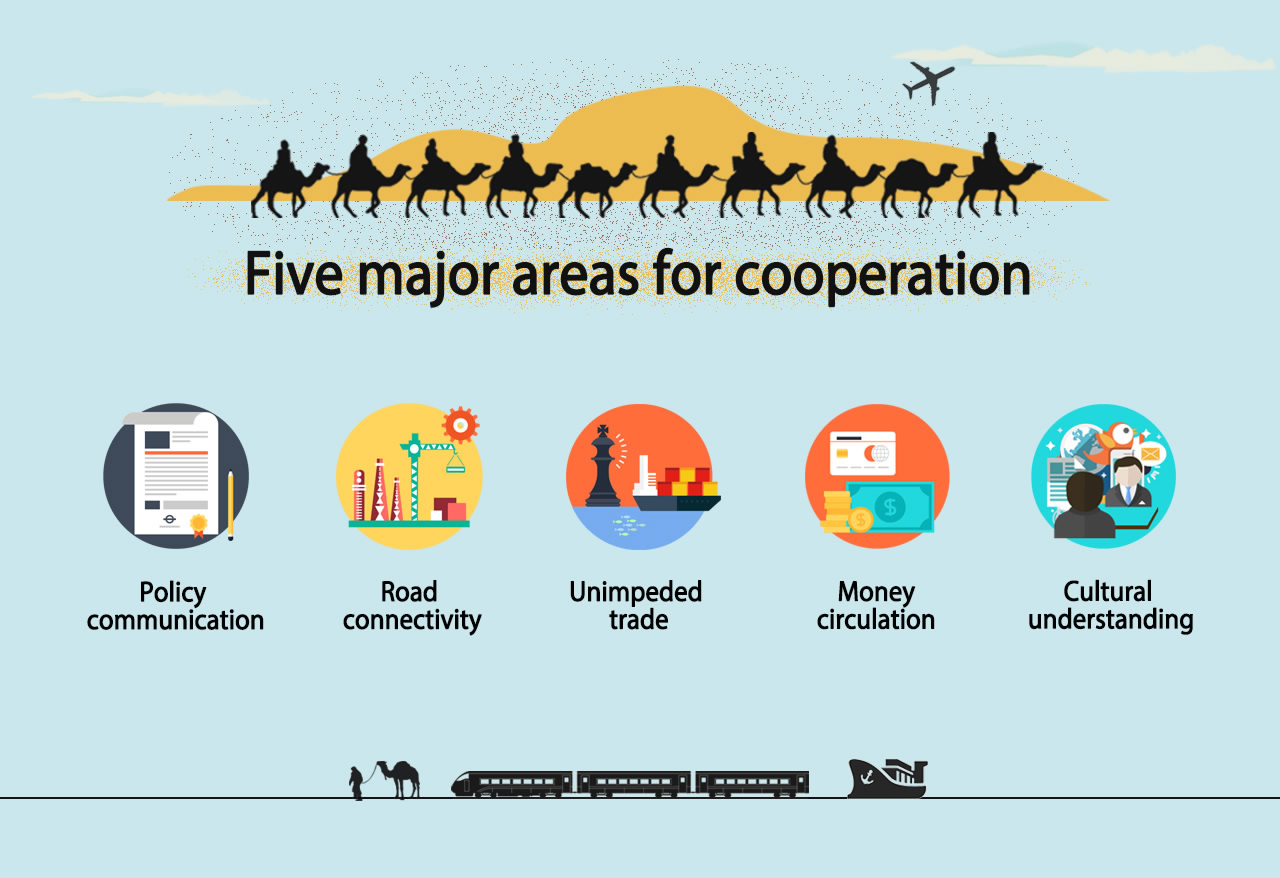
CGTN Photo
CGTN Photo
The initiative features five major areas for cooperation:
Policy communication: to build a multilevel intergovernmental macro policy exchange, and to jointly provide policy support for the implementation of practical cooperation and large-scale projects.
Road connectivity: to push forward the construction of international trunk passageways, such as the China-Pakistan Economic Corridor and the Bangladesh-China-India-Myanmar Economic Corridor, and form an infrastructure network connecting all sub-regions in Asia, and between Asia, Europe and Africa.
Unimpeded trade: to improve investment and trade facilitation, and remove investment and trade barriers.
Money circulation: to expand the scope and scale of bilateral currency swaps and settlements with other countries, and to open and develop the bond market in Asia.
Cultural understanding: to promote extensive academic exchanges, personnel cooperation and volunteer services, and to expand the scale of tourism.
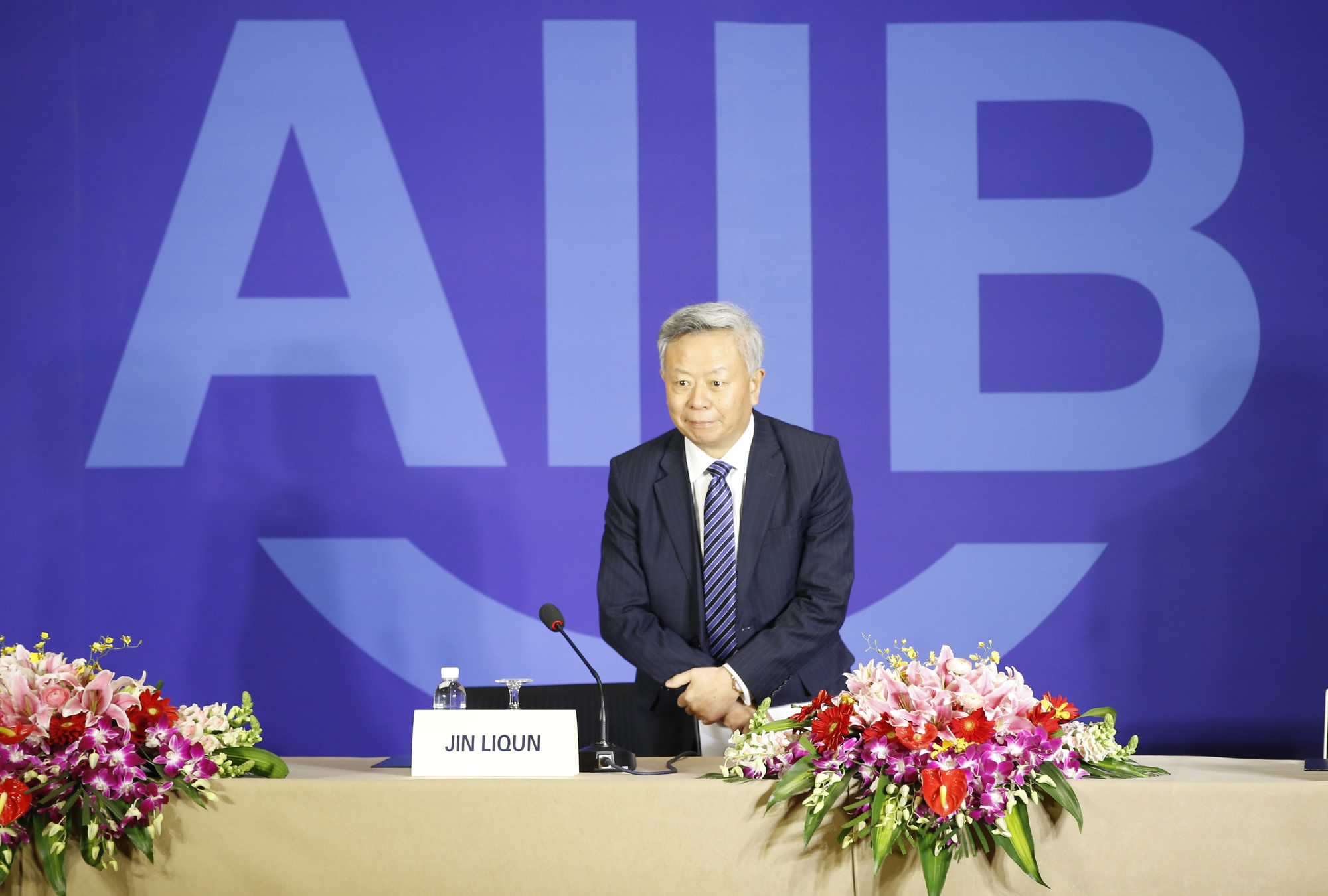
Jin Liqun, the President of the Asian Infrastructure Investment Bank (AIIB) at a press conference on January 17, 2016. /CFP Photo
Jin Liqun, the President of the Asian Infrastructure Investment Bank (AIIB) at a press conference on January 17, 2016. /CFP Photo
The essence of the initiative, therefore, is an inclusive project open to all countries and international and regional organizations, taking full advantage of the multilateral cooperation mechanisms based on the five above areas.
The constructive role of such mechanisms and platforms has been encouraged, such as the Shanghai Cooperation Organization (SCO), ASEAN Plus China (10+1), and Asia-Pacific Economic Cooperation (APEC). There have also been international forums and exhibitions hosted by countries along the routes, including the Boao Forum for Asia and the China-ASEAN Expo.

The venue for the 2016 Boao Forum for Asia. /CFP Photo
The venue for the 2016 Boao Forum for Asia. /CFP Photo
Where are the funds from?

CGTN Photo
CGTN Photo
(Written by Wang Xinxin)

SITEMAP
Copyright © 2018 CGTN. Beijing ICP prepared NO.16065310-3
Copyright © 2018 CGTN. Beijing ICP prepared NO.16065310-3